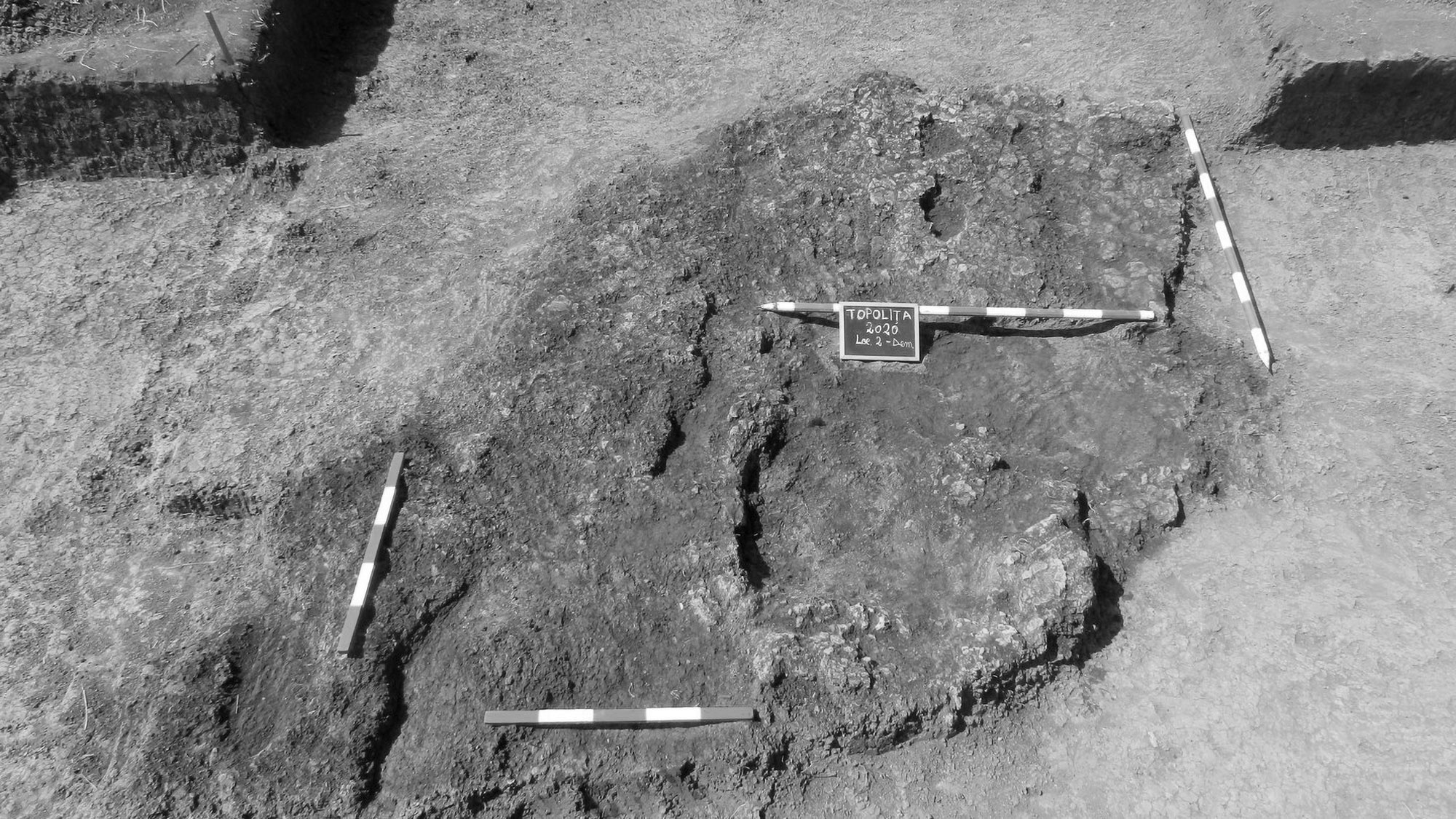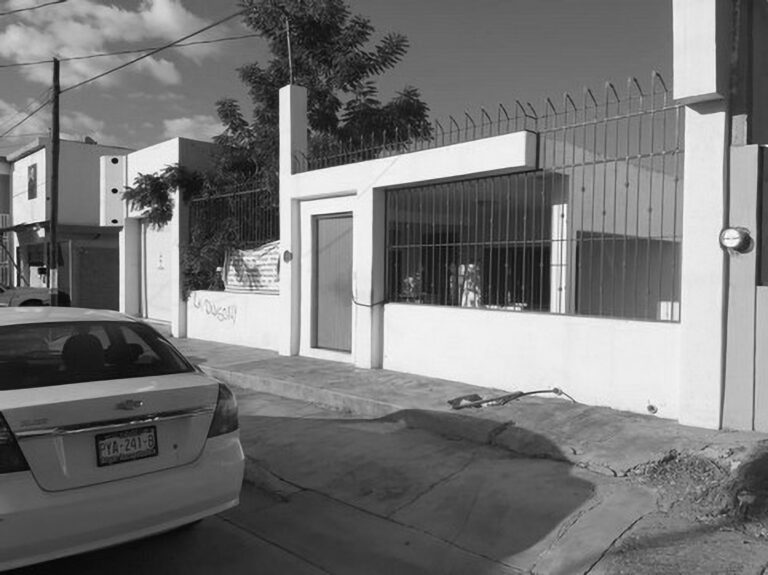Archaeologists have discovered these polished tools and clay statues of a fertility cult from an ancient European civilisation who lived 6,500 years ago.
The discoveries were made at an archaeological site in Topolita village in the commune of Grumazesti in north-eastern Romania’s Neamt County where the Pre-Cucuteni culture lived.
Dr Vasile Diaconu, from the Neamt National Museum Complex, who is leading the archaeological team, told Real Press that the discoveries included “numerous prehistoric objects” such as “carved and polished stone tools, bone tools, but also splendid anthropomorphic representations”.
He added: “The latter are modelled from clay in a very realistic way, with meticulous anatomical details. Most experts say that all these human statuettes, mainly female characters, are the expression of a fertility cult, common to most sedentary prehistoric communities, who practised agriculture.”
Diaconu explained that “the most famous archaeological testimonies” in the area “belong to the Cucuteni culture, one of the oldest civilisations in Europe, living from 5,200 to 3,200 BC”.
He explained: “However, the Cucuteni civilisation was preceded by another prehistoric culture, called Pre-Cucuteni and from which it took many elements in terms of ornamentation of pottery and clay modelling of human figurines.”
Diaconu said that the remains of over 20 prehistoric houses have been identified at the site thanks to geo-physical investigations.
He added: “This year’s discoveries (the excavations started last year) from the site of the Pre-Cucuteni culture from Topolita are extremely valuable, first of all due to the large number of human statuettes, but also due to their typological variety. Another special aspect is that some statuettes were located right inside the houses, which can confirm their religious symbolism.”
He said that the “anthropomorphic and zoomorphic representations” were “the expression of the religious beliefs of 6 millennia ago”.
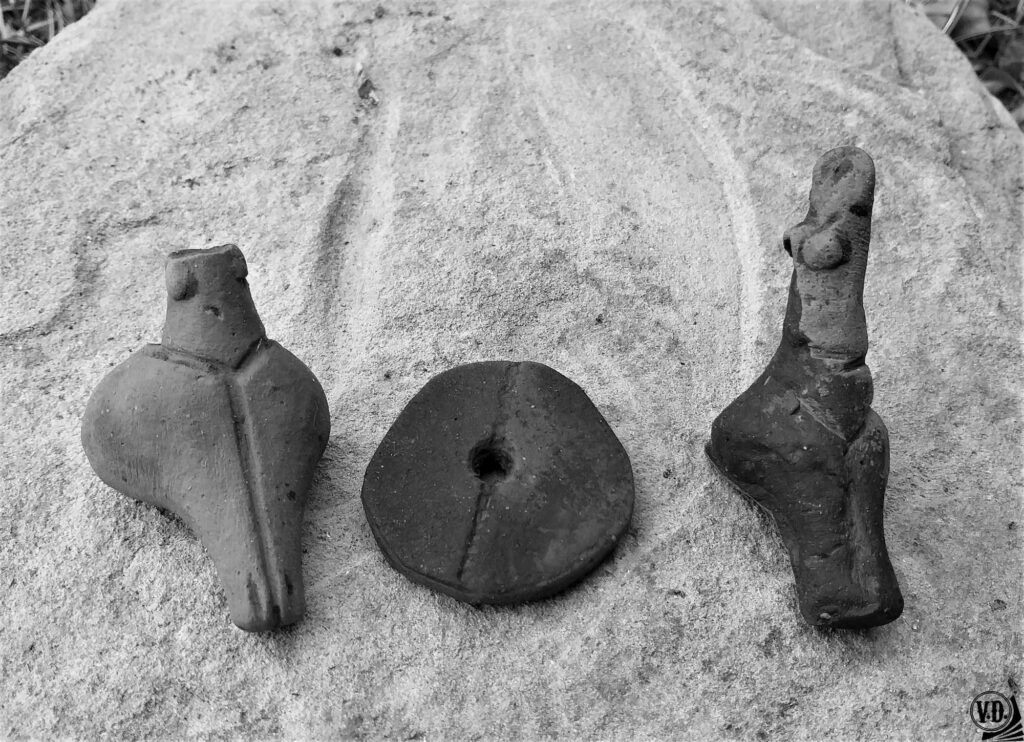
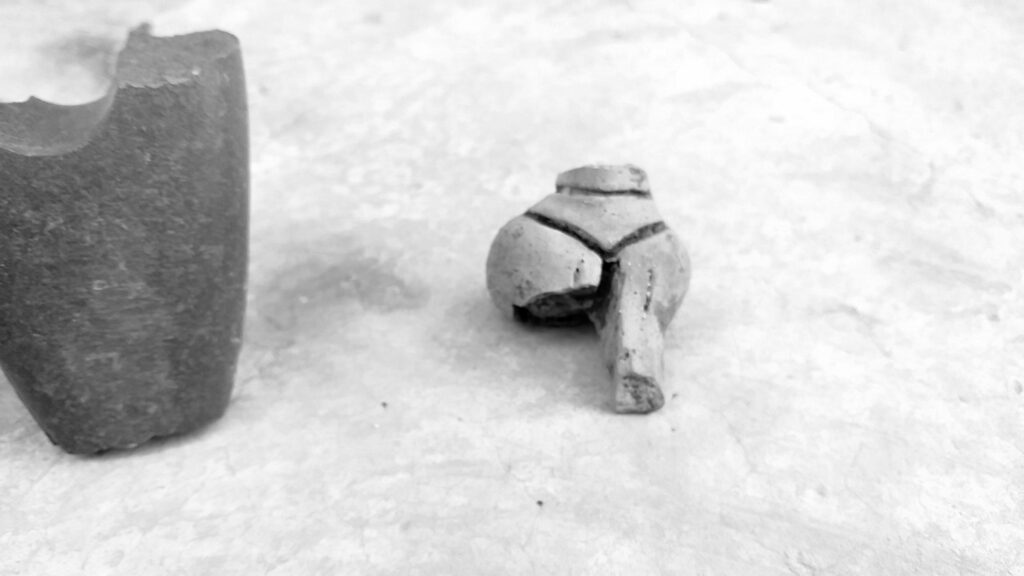
Artefacts found at the archeological site 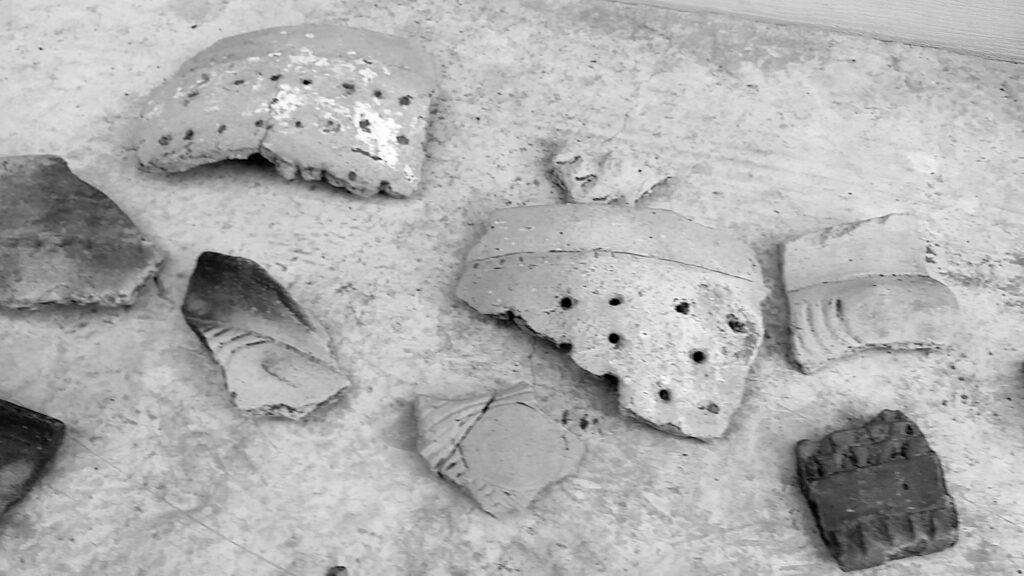
Artefacts found at the archeological site
The formative Pre-Cucuteni culture developed into the Cucuteni culture which, over the course of the fifth millennium, expanded from its ‘homeland’ in the Prut–Siret region along the eastern foothills of the Carpathian Mountains into the basins and plains of the Dnieper and Southern Bug rivers of modern-day Ukraine.
Diaconu said: “The prehistoric civilisations in eastern Romania left behind remarkable vestiges, which archaeologists frequently bring to light, trying to reconstruct those times.”
To find out more about the author, editor or agency that supplied this story – please click below.
Story By: Sergiu Nazaru, Sub Editor: Joe Golder, Agency: Real Press
The Ananova page is created by and dedicated to professional, independent freelance journalists. It is a place for us to showcase our work. When our news is sold to our media partners, we will include the link here.

